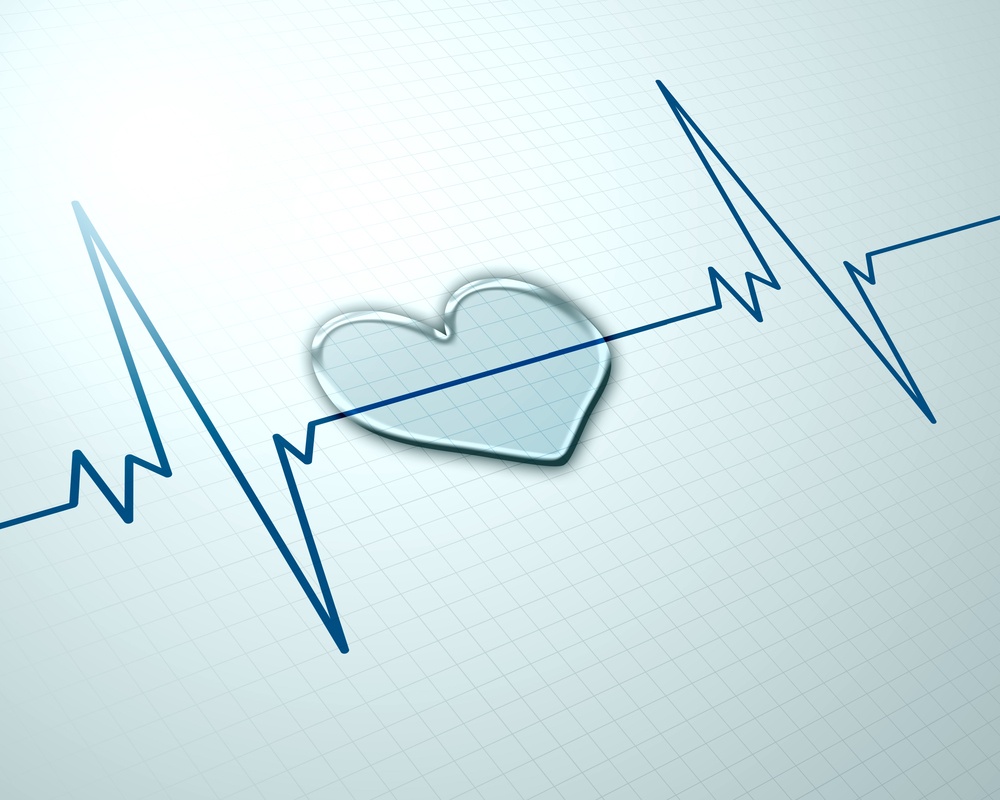The transport of patients through tight places is always difficult. Patients need to be kept safe and EMS personnel need to avoid excessive body strain that may cause injury. This is exacerbated with large or bariatric patients, something that's becoming more common. According to the Institute for Health Metrics and Evaluation, "Nearly three-quarters of American men and more than 60% of women are obese or overweight." That creates a real issue when having to extract the person from a tight space.
Solutions for Patient Safety and Transport in Tight Spaces
Topics: EMS
EMT and Paramedic Burn Out - Keeping Your Personnel Mentally Fit
When emergency responders experience burnout, it's no joke. An Australia survey found 36% of their paramedics suffered from depression. And depression can lead to suicide. One Chicago fire department experienced seven suicides in an 18 month period. Mental health issues have become such a serious problem that a survey of 4,000 first responders revealed that 6.6% had attempted suicide, a number over 10 times higher than the general population.
Topics: EMS
Common Health Issues Affecting EMS and Fire Service Personnel
Fire suppression events generally occur in hazardous and stressful environments which often include flames, smoke, and falling debris. Rescue situations are often high-stress and rarely occur in ideal conditions. Emergency medical first responders are often subject to health issues and injuries on the job.
Topics: MegaMover®, EMS
Research has shown that EMS workers experience increased stress that develops either as a result of one particular incident that left a major impact on them or the overall accumulation of many years of stressful moments. There is no doubt that the stress has a strong emotional impact on personnel, whether they are experienced or not.
Topics: EMS
In recent years, the effects of sleep deprivation and its effects on EMS health and safety have come onto the radar. Depending on the area, it is not uncommon for EMS personnel to work 24-hour shifts. The responsibilities of EMS personnel require them to remain alert and attentive at all times in order to prevent procedural errors and avoid injury to themselves, co-workers, patients, and others. Studies show that consistently working long shifts causes fatigue, which makes even simple tasks become difficult, drug calculations more challenging, and the overall environment more unsafe.
Topics: EMS
Mega-Mover: Addressing the Pain Points of EMS Patient Transport
Emergency medical technicians (EMTs) and paramedics have an injury rate three times above the national average. To say there are pain points created during patient transportation is a fun play on words, but it's true. These emergency medical responders are highly prone to painful sprains, strains, bruises, and more.
Topics: MegaMover®, EMS
First Responder Safety Obstacles During Patient Transport
First responders are always focused on patient safety. Whether climbing five floors of an urban walk-up, navigating tiny doorways of an older house, or dealing with trash and clutter, the terrain doesn't matter as long as that EMS team can gain access to the person in need.
Topics: EMS
During search and rescue operations, there are many instances when conventional rigid stretchers are too big, bulky or awkward to use. This is particularly the case when there's a need to move a patient quickly due to impending danger.
Topics: EMS
Rigid Versus Flexible Stretchers in Patient Transport
The role of the EMT is first and foremost that of a patient transporter - safely moving the patient from the point of injury, or occurrence, to a point of care and, meanwhile, assuring that the patient is stabilized and supported on the way. This is not to demean or belittle the importance of the stabilization and supportive activities, nor the training and dedication required to provide them. Rather, it is to emphasize and reinforce the importance of the transporting function.
Topics: MegaMover®, EMS









